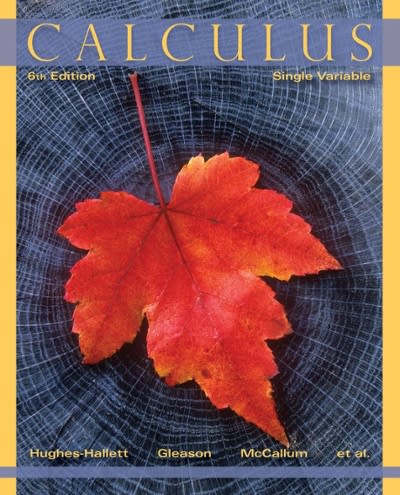Please help me
Light travels fast, but it is not transmitted instantly. Light takes over a second to reach us from the moon and over 12 billion years to reach us from the most distant objects in the universe. Because radio waves and radar also travel at the speed of light, having an accurate value for that speed is important in communicating with astronauts and satellites in orbit. An accurate value for the speed of light is also important to computer designers because electrical signals travel at light speed. The first reasonably accurate measurements of the speed of light were made between July and September 1882 by A. A. Michelson and Simon Newcomb. Newcomb made 66 measurements of the time in seconds that a light signal took to pass from his laboratory on the Potomac River to a mirror at the base of the Washington Monument and back, a total distance of about 7400 meters. Newcomb's first measurement of the passage time of light was 0.000024828 second, or 24,828 nanoseconds. (There are 109 =1 billion nanoseconds in a 30 - second.) To keep the numbers manageable, we converted 25 them to deviations from 24,800 nanoseconds. So 20 Newcomb's first measurement is recorded as 28. The Frequency minimum value of -44 corresponds to a measurement of 15 24,756 nanoseconds. The following figure provides a 10 histogram and numerical summaries for these data. 5 Suppose we convert the passage time measurements to 45 - 30 -15 0 15 30 45 nanoseconds by adding 24,800 to each data value. Passage time (deviations from 24,800 nanoseconds) n Mean SD Min Q1 Med Q3 Max 1. What shape would the resulting distribution have? 26.21 10.75 44 24 27 31 40 2. Find the median of the distribution in nanoseconds. 3. Find the interquartile range (IQR) of the distribution in nanoseconds. After performing the transformation to nanoseconds, we could convert the measurements from nanoseconds to seconds by dividing each value by 109. 4. Describe the shape, center (median), and variability (1QR) of this distribution. 5. Challenge: Use the information provided to estimate the speed of light in meters per second. Be prepared to explain the method you used







